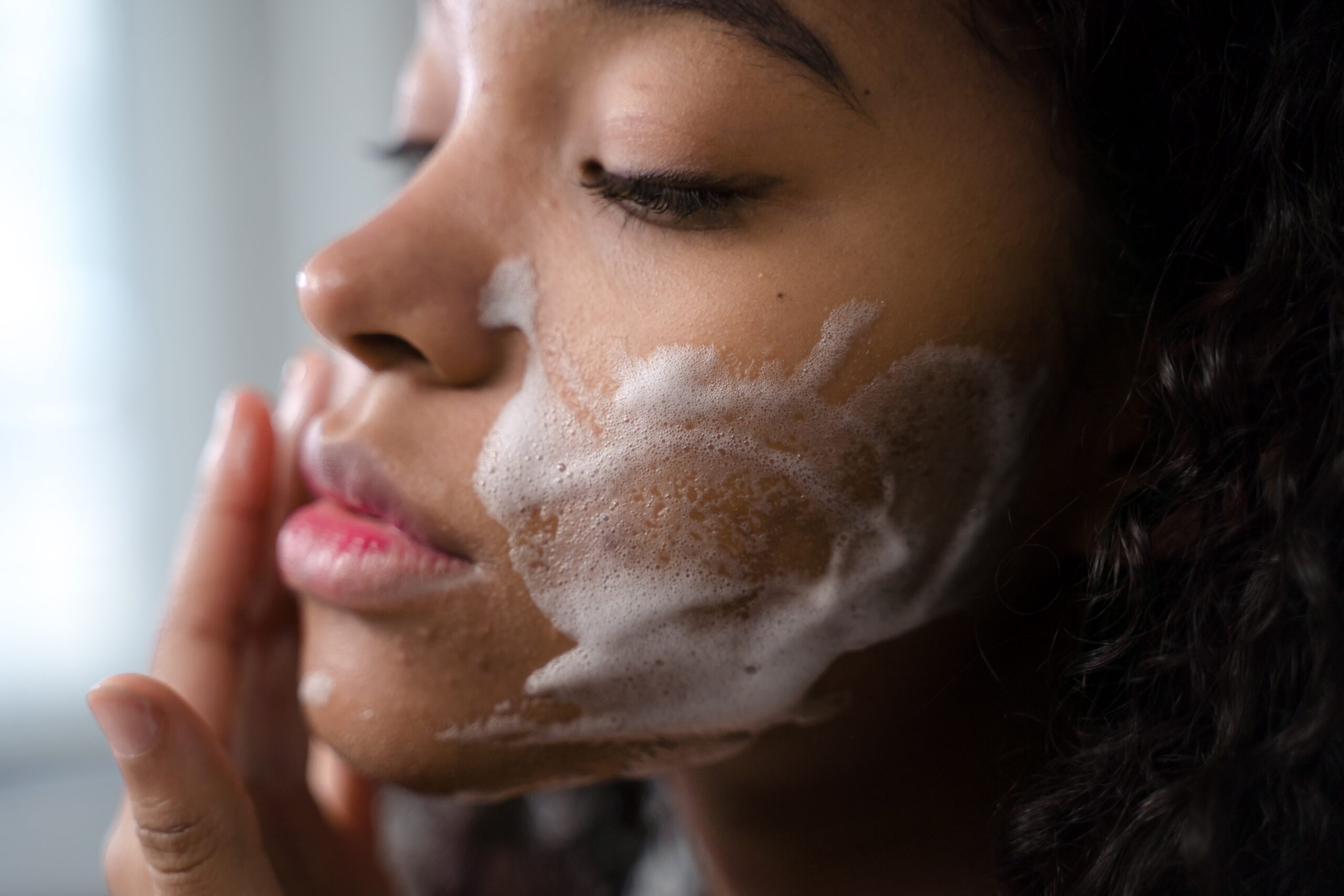Dealing with acne can demolish anyone’s self-esteem, especially when you’re struggling with it as an adult. There’s an information overload of advice that can help you get clear skin, from topicals to diet changes. However, if there’s anything that’s hope-inducing, it’s witnessing a true retinol before and after.
The skin care industry’s secret weapon, retinol is a form of vitamin A with anti-aging and acne-clearing properties. It’s found in a plethora of serums and lotions and can very much be a game-changer for anyone struggling with problematic skin. Here’s everything you need to know about how to properly, safely and effectively use retinol.
What Is Retinol?
Available over the counter without a prescription, retinol is a topical treatment that can come in the form of creams, gels, lotions, ointments or serums. Derived from vitamin A, this sacred skin care ingredient is a form of retinoid that works magic for aging support, acne relief and overall skin rejuvenation.
The reason why retinol is such an effective form of treatment is its ability to increase skin cell production and unclog pores. It also exfoliates your skin, helping to increase collagen production and elastin to reduce wrinkles and plump your face.
Is Retinol Safe for Me To Use?
While many wonder if 21 is too early to use retinol, it’s actually the perfect time. The American Academy of Dermatology recommends starting an anti-aging treatment like retinol in your 20s as a preventative measure for wrinkles while at the same time acting as an agent against any current acne.
Regardless of age, if you’re prone to allergies, have sensitive skin, eczema or rosacea, higher amounts of retinol may be a bit too harsh and should be eased into your routine or discontinued entirely.
Using Retinol for Beginners
The key to retinol is to start low and go slow. The best retinol percent for beginners is a concentration between 0.25 percent to 1 percent. Melanated skin should never surpass 0.5 percent, since darker skin tones have more pigment-producing cells and more aggressive retinol could actually worsen hyperpigmentation.
It is important to integrate retinol into your skincare routine slowly and gradually. You may want to start off using a retinol product once every few days before ramping up to twice a day, being mindful of how your skin reacts.
First, you will want to wash your skin with a gentle cleanser and pat dry before applying a pea-sized layer of your retinol product over the face. Be sure to follow up with a moisturizer that won’t clog your pores. Retinol also makes your skin ultra-sensitive to sunlight, so it’s imperative to finish off with sunscreen and avoid the sun as much as possible when applied.
It can take several weeks before the improvement takes effect. In fact, do not be alarmed if your skin starts to worsen at first— it’s only purging and simply needs time to adjust to a new regimen.
Retinol Before and After Results
Ultimately, we can show you better than we can tell you. Here are some retinol before and after results that can convince anyone to give it a go:
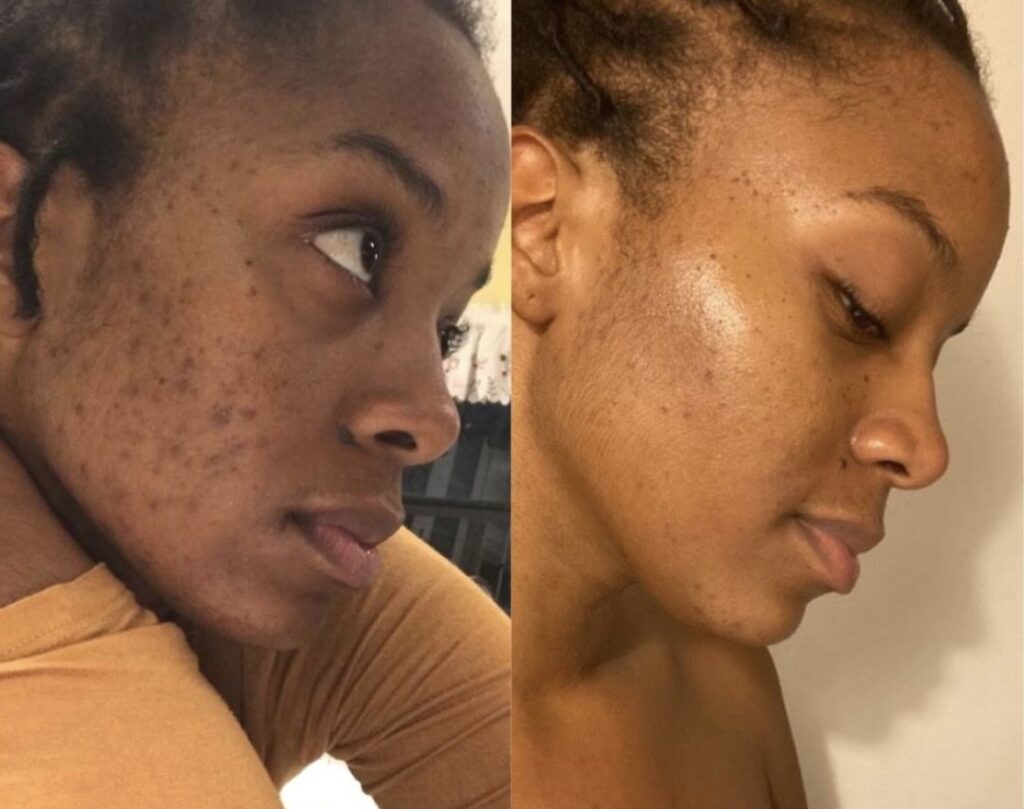
@urbanskinrx / Instagram
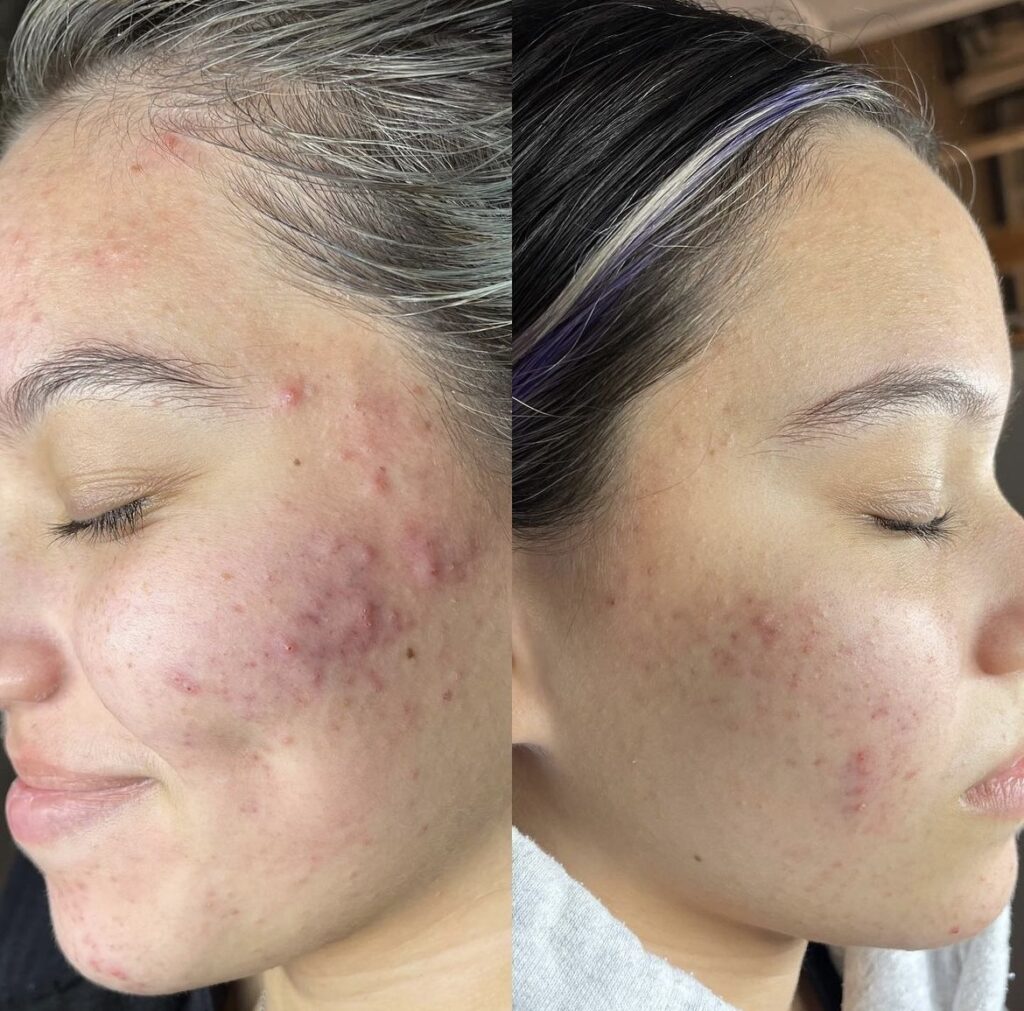
@dakotahtyrene / Instagram
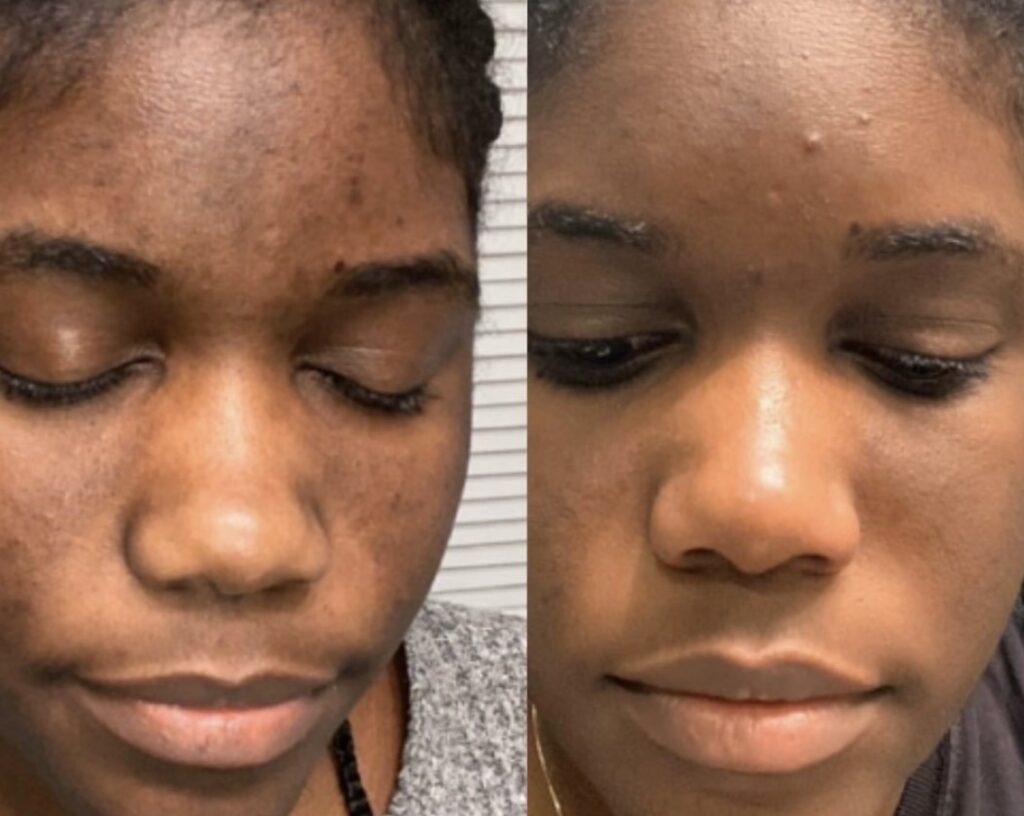
@urbanskinrx / Instagram
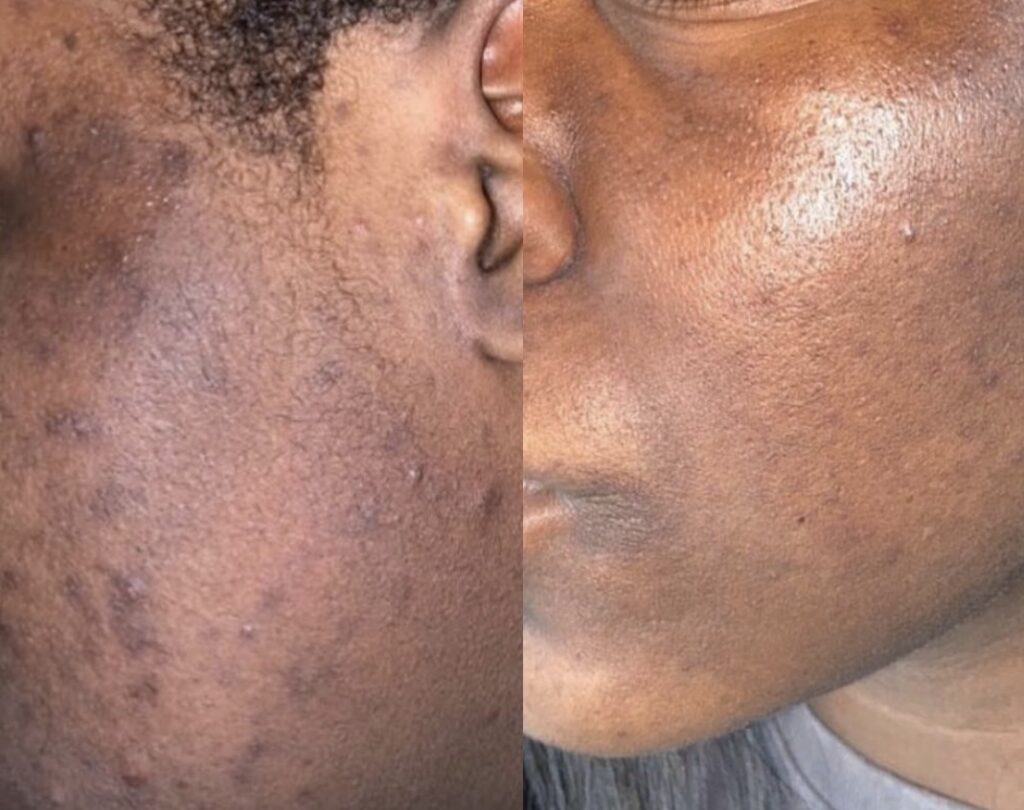
@urbanskinrx / Instagram

@zoskinhealth_uk / Instagram
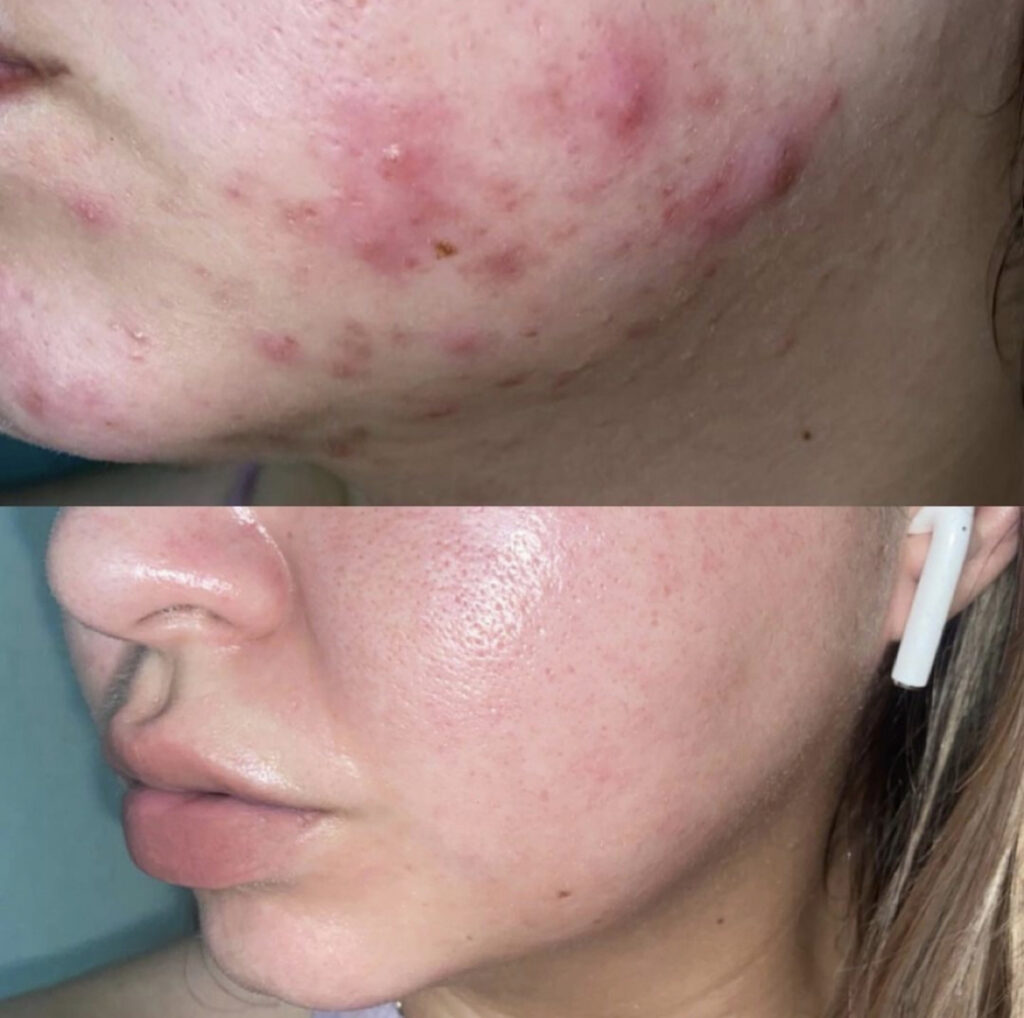
@imagesskincare / Instagram
The Bottom Line
No matter what state your skin is in, there is always hope. Whether you want to prevent acne, clear up hyperpigmentation or prevent fine lines and wrinkles, retinol before and after skin is anyone’s dream. Don’t be afraid to ease the product into your routine and witness your skin’s rebirth.
